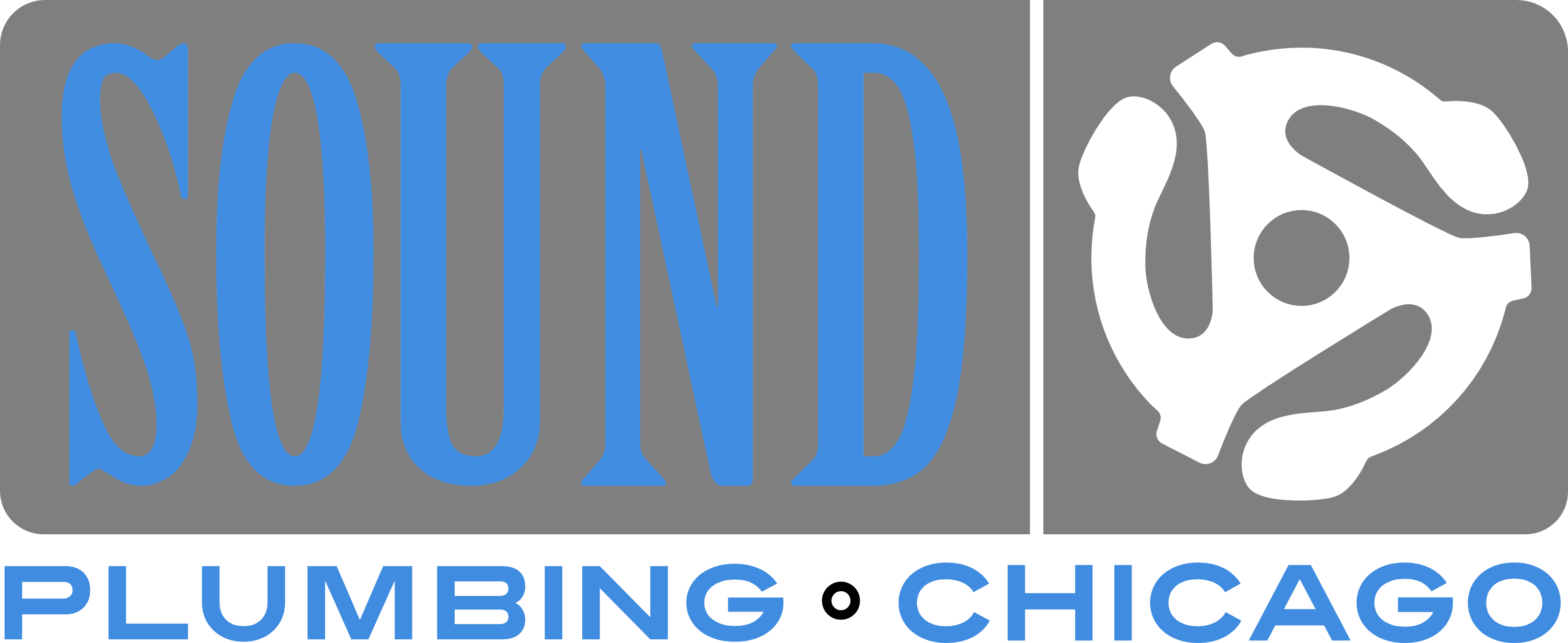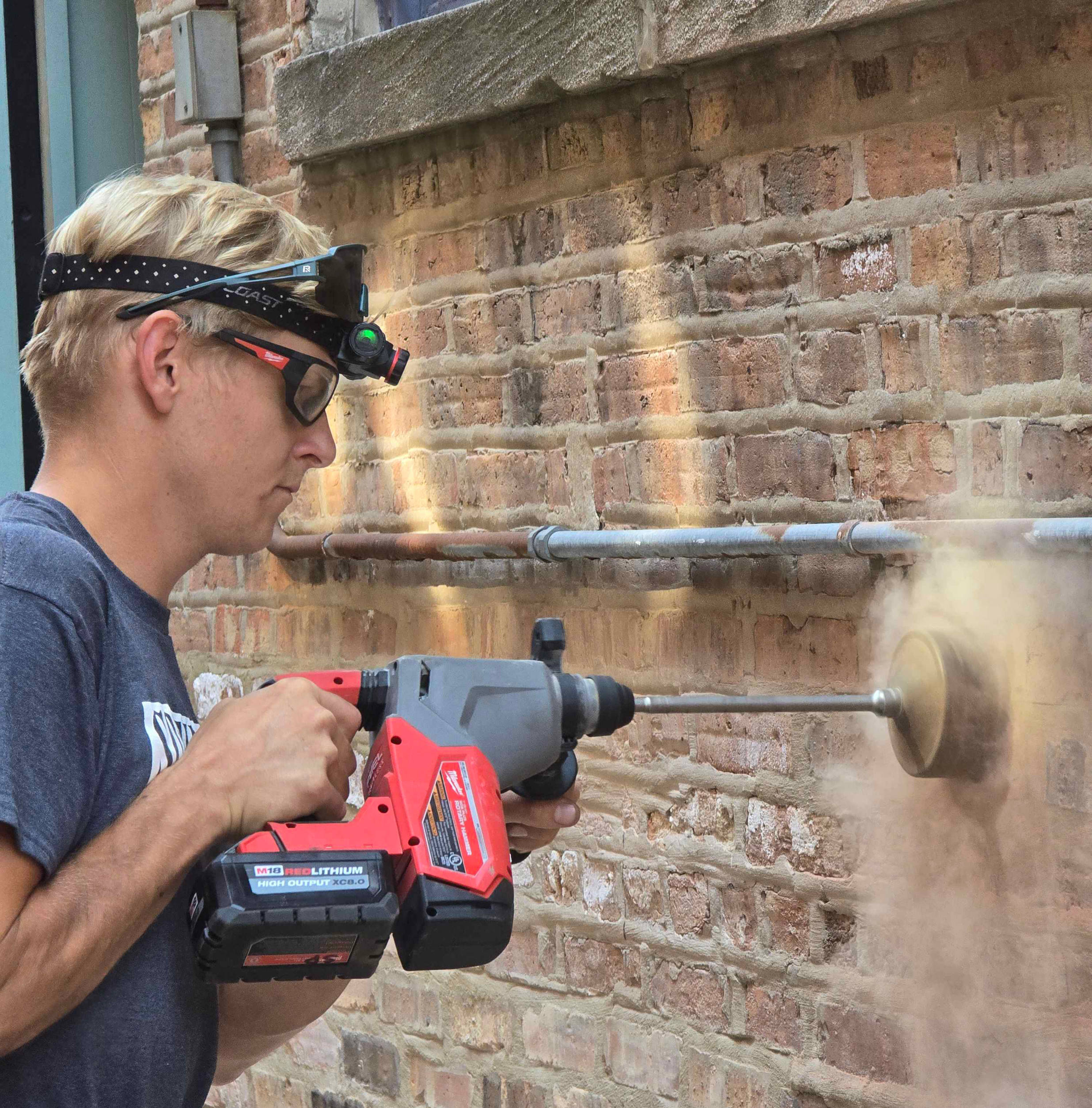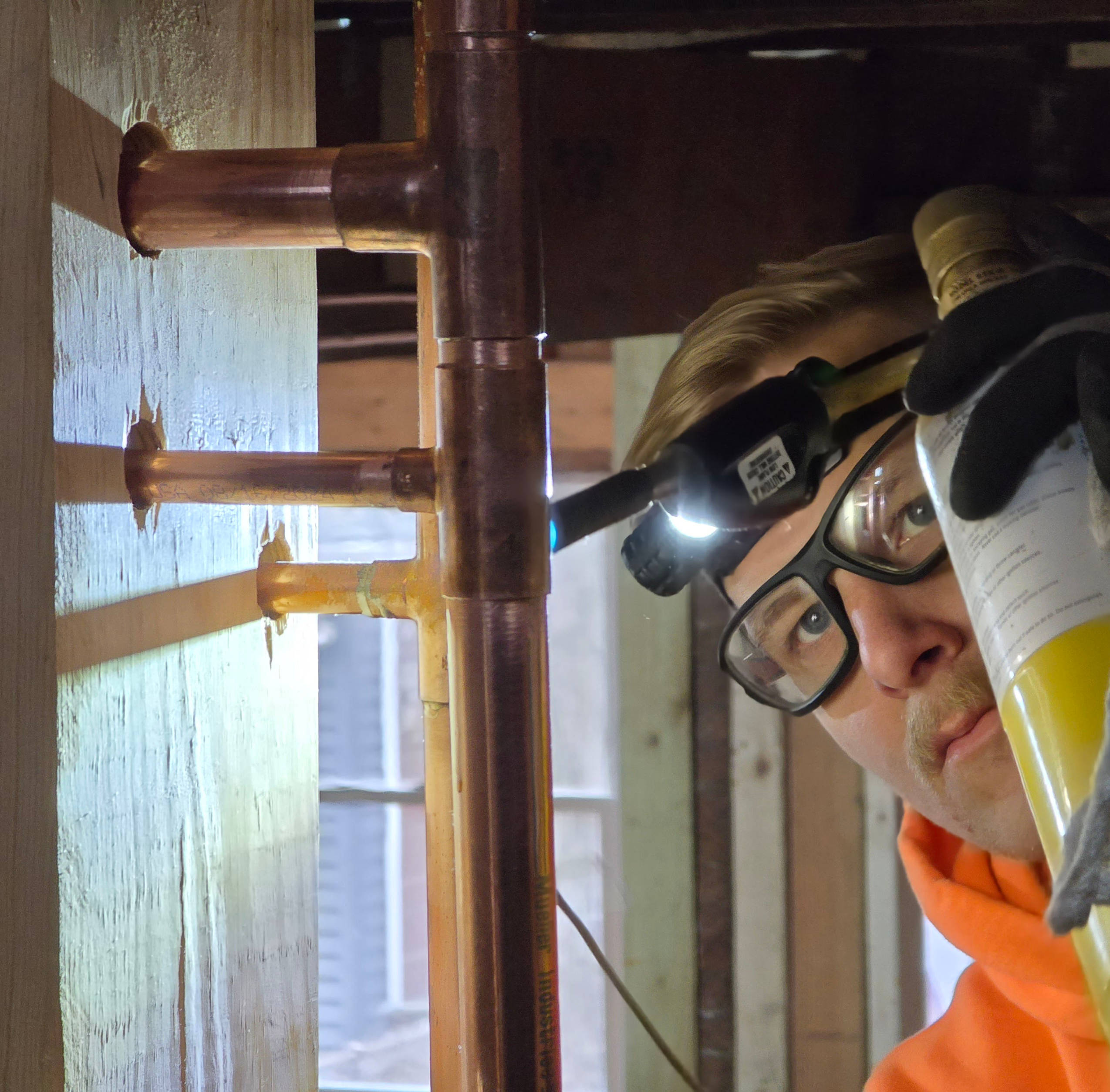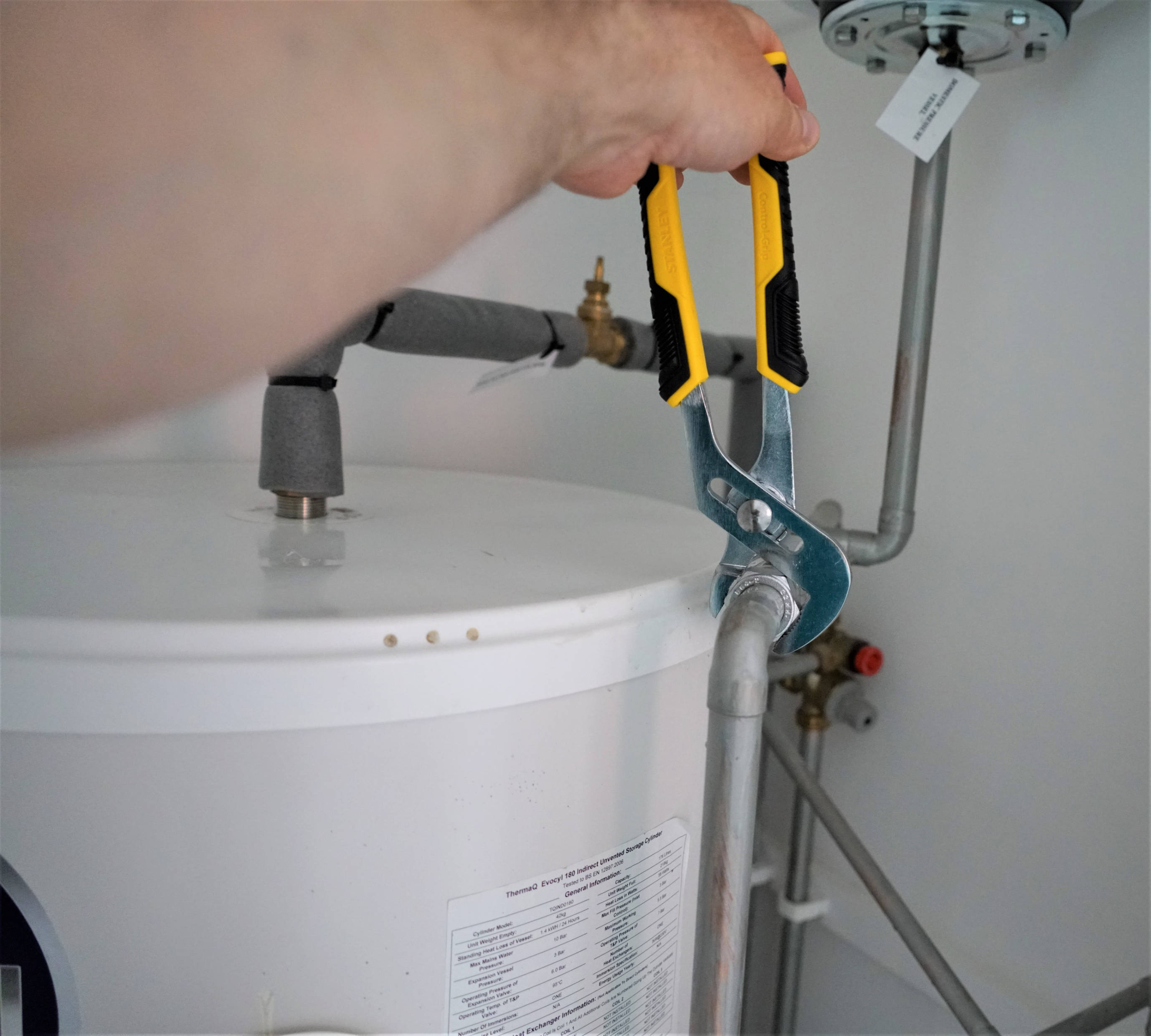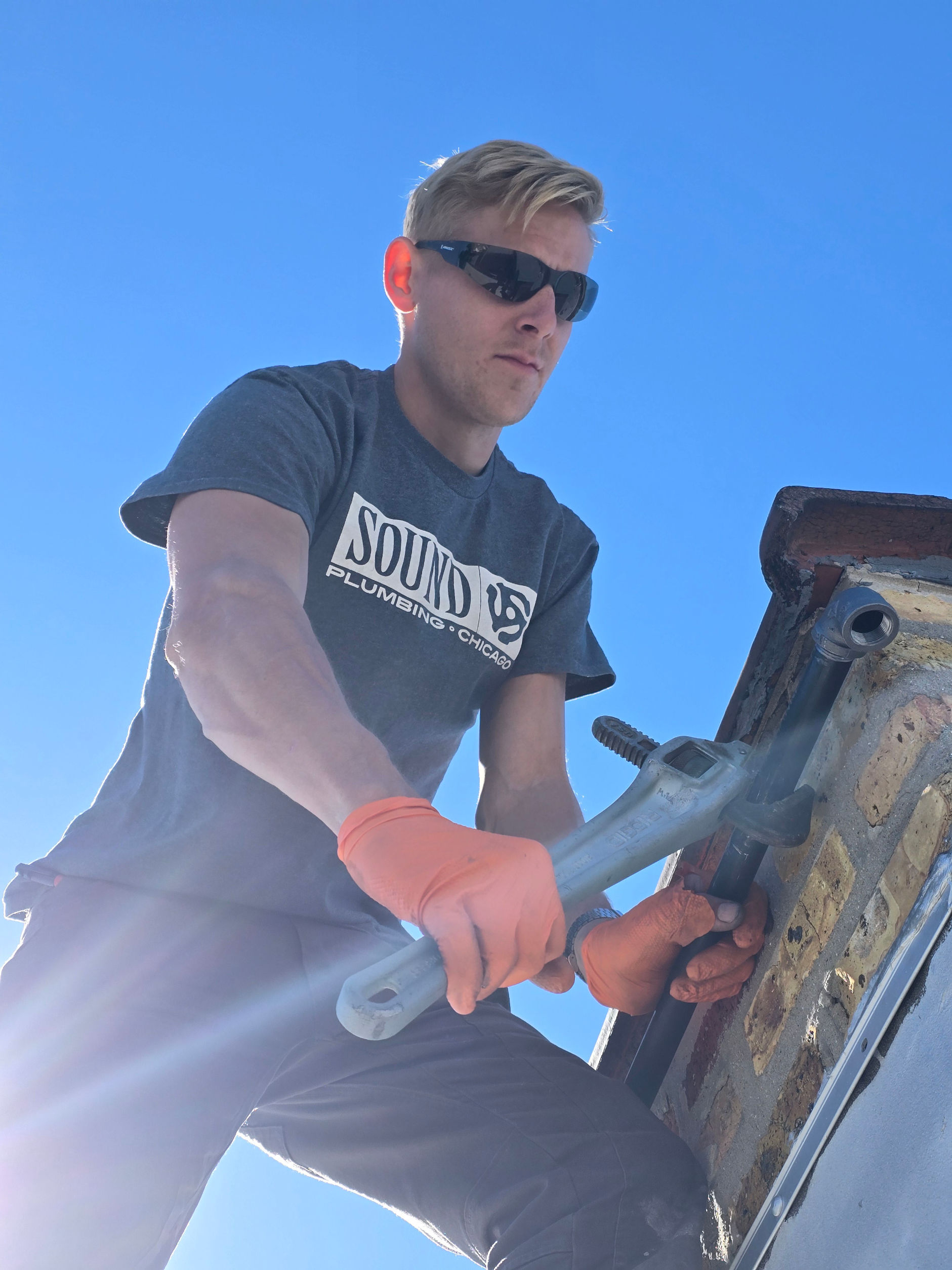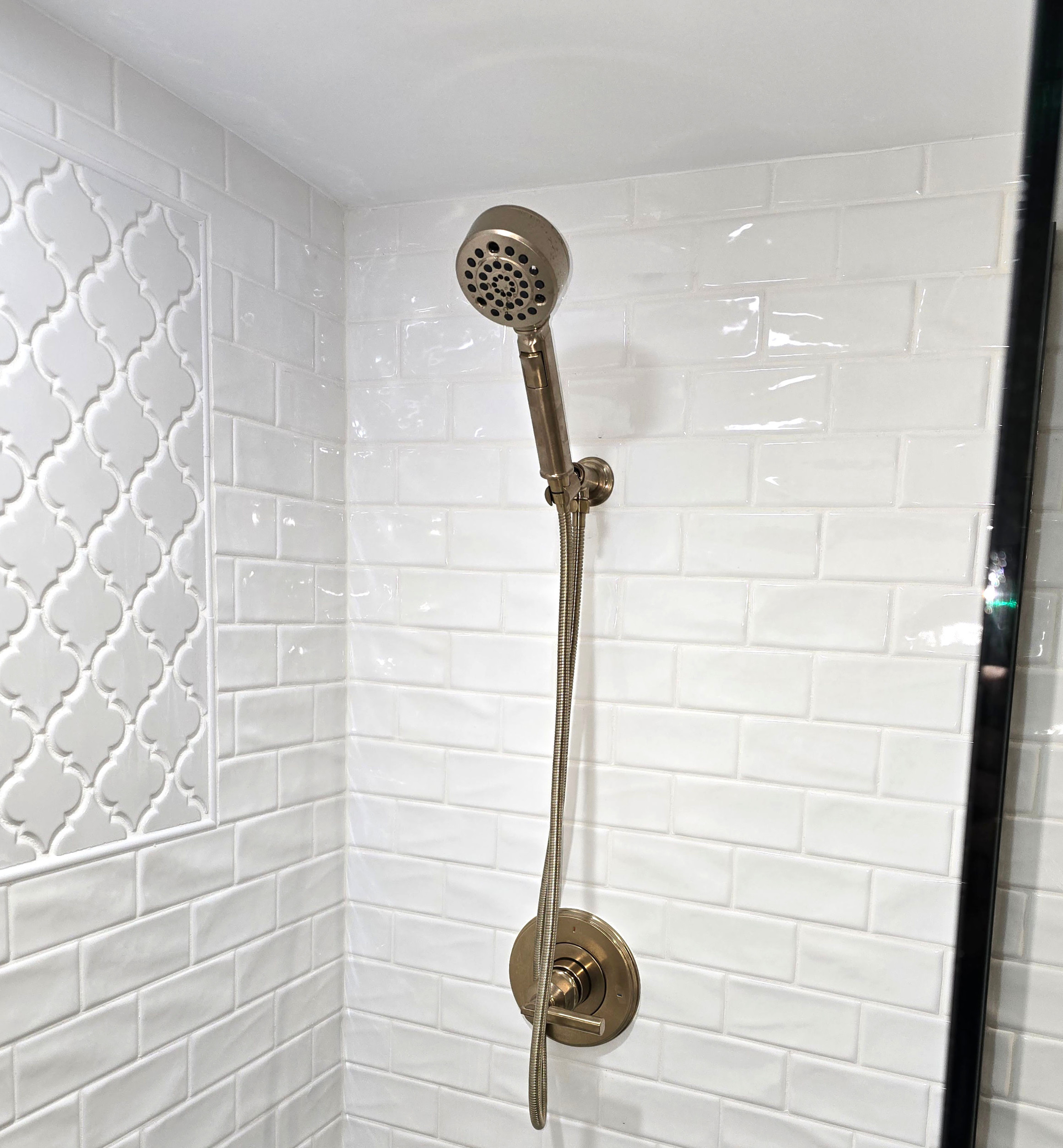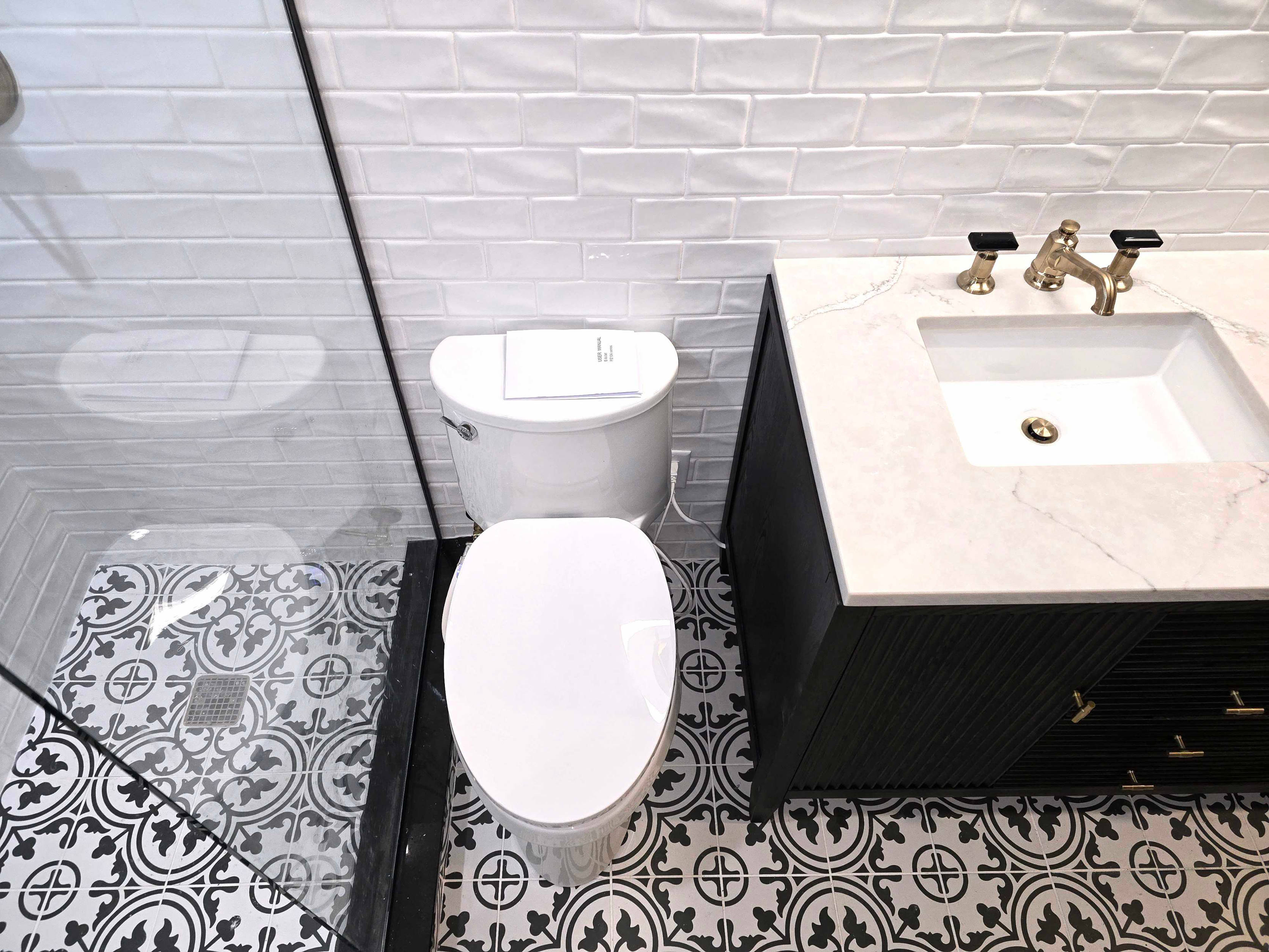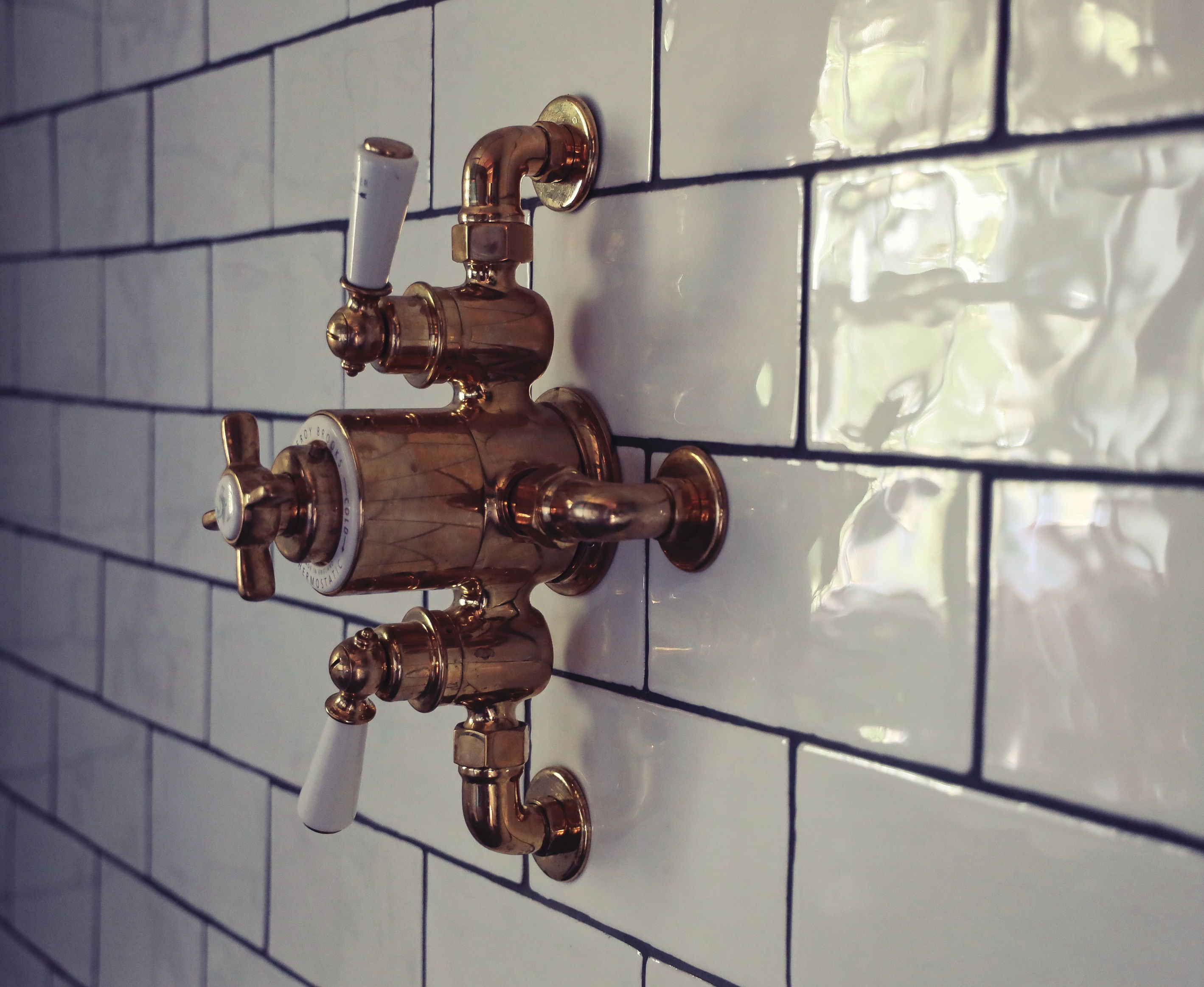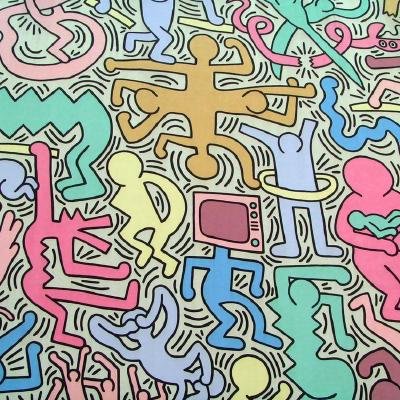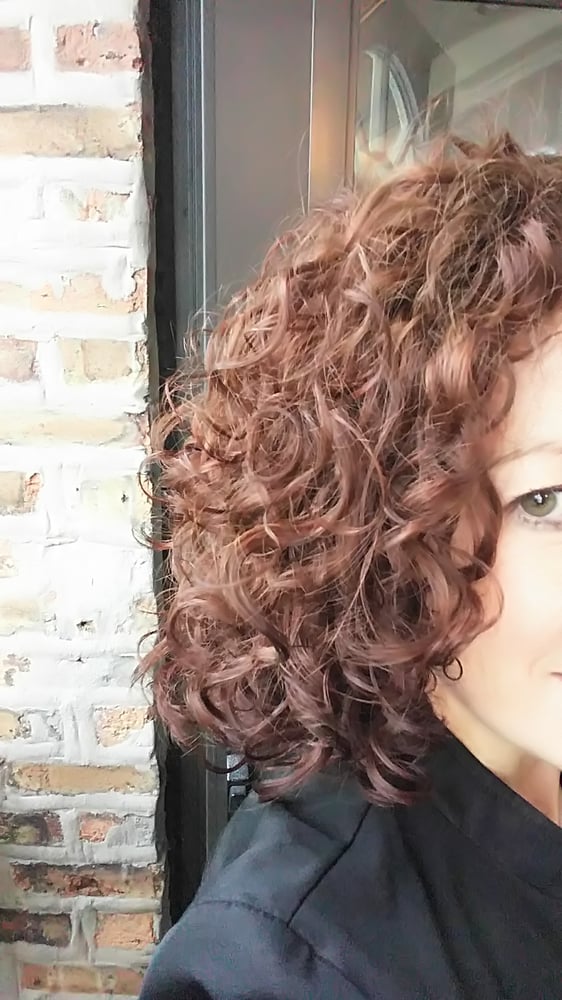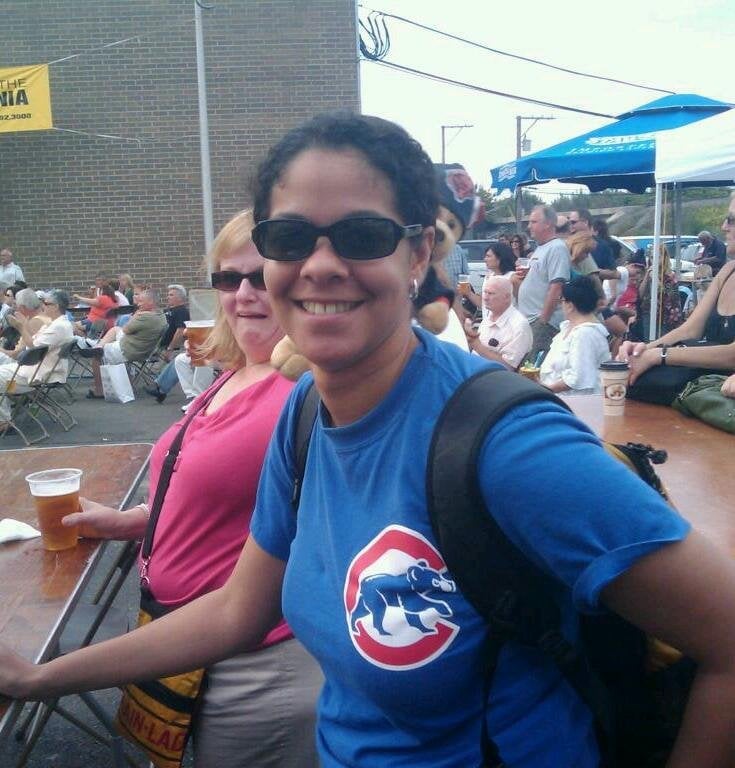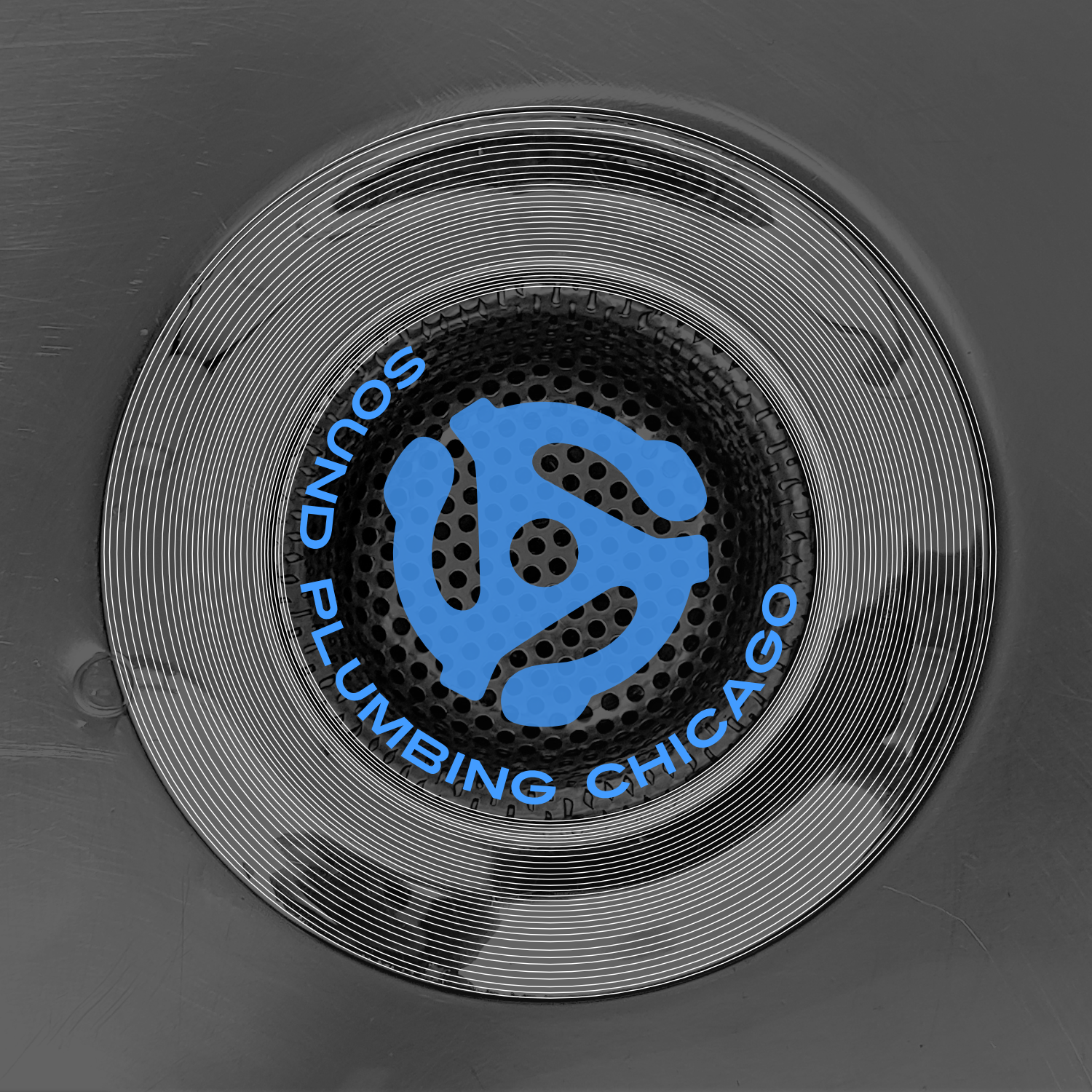Here are some considerations regarding Tankless systems:
CLEARANCE / EXHAUST / SPACE REQUIREMENTS:
Gas Tankless Heaters require proper ventilation to exhaust combustion gases. We follow manufacturer's and local code requirements for clearances around the unit, including space for ventilation, access, and maintenance. We would need to assess any location in person prior to planning an installation.
ADVANTAGES OF A TANKLESS SYSTEM:
Long term energy savings: Though a tankless water heater typically costs more initially, it usually costs less to operate because of lower energy use—since it only heats water when required instead of continuously maintaining a tank of heated water.
Savings in water use: Users in remote points in the building do not have to run the hot water as long, waiting for it to get to the faucet.
Unlimited hot water: Though flow rate determines the amount of hot water the heater can produce, it can deliver it at that flow rate indefinitely. However, this can also be an ecological disadvantage, as running out of hot water limits use, but a tankless heater provides no such limit.
Less physical space: Most tankless water heaters can be mounted on a wall or internally in a building's structure. This means less physical space must be dedicated to heating water. Even systems that can't be mounted on walls take up less space than a tank-type water heater.
Reduced risk of water damage: No stored water means there is no risk of water damage from a tank failure or rupture, though pipe or fitting failure remains possible.
Temperature compensation: A temperature-compensating valve tends to eliminate the issue where the temperature and pressure from tankless heaters decrease during continuous use. Most new generation tankless water heaters stabilize water pressure and temperature by a bypass valve and a mixing valve incorporated in the unit.
Safety: Tankless water heaters precisely control water temperature, which means dangerous temperature levels and spikes are less likely.[10] An additional safety advantage stems from reduced exposure to dissolved toxic metals, which tend to occur at higher concentrations in hot water which has resided in a conventional water heater tank for significant periods of time.
POTENTIAL DIS-ADVANTAGES OF A TANKLESS SYSTEM:
Operation with low supply pressure: Tankless systems are reliant on the water pressure that is delivered to the property. In other words, if a tankless system is used to deliver water to a shower or water faucet, the pressure is the same as the pressure delivered to the property and cannot be increased, whereas in tanked systems the tanks can be positioned above the water outlets (in the loft/attic space for example) so the force of gravity can assist in delivering the water, and pumps can be added into the system to increase pressure.
Intermittent-use: There is a short delay (1–3 seconds) between when the water begins to flow and when the heater's flow detector activates the heating elements or gas burner. In the case of continuous-use applications (showers, baths, washing machines) this is not an issue as the heater never stops heating. However, for intermittent-use applications (i.e., turning off/on a hot water faucet at a sink) this can result in initially hot water, followed by a small amount of cold water as the heater re-activates, followed again by hot water. The user experience is that after initially getting hot water flowing, the user turns off the valve and then a short time later turns the valve back on again.
Achieving cooler temperatures: Tankless water heaters often have minimum flow requirements before the heater is activated, and this can result in a gap between the cold water temperature, and the coolest warm water temperature that can be achieved with a hot and cold water mix.
Incompatibility with Recirculation systems: Since a tankless water heater is inactive when hot water is not being used, they are incompatible with passive (convection-based) hot water recirculation systems.
Time-of-use metering and peak electrical loads: Tankless electric heaters are high-current devices, and because hot water use tends to peak at certain times of the day, their use can cause short spikes in electricity demand, including during the daily peak electrical load periods, which increases utility operating costs. For households using time-of-use metering (where electricity costs more during peak periods such as daytime, and is cheaper at night), a tankless electric heater may actually increase operating costs if the hot water is used during peak times.
Want a specialist to come out and see the viability of a tankless system in your space?
GIVE US A CALL OR TEXT→ 773.306.9494
